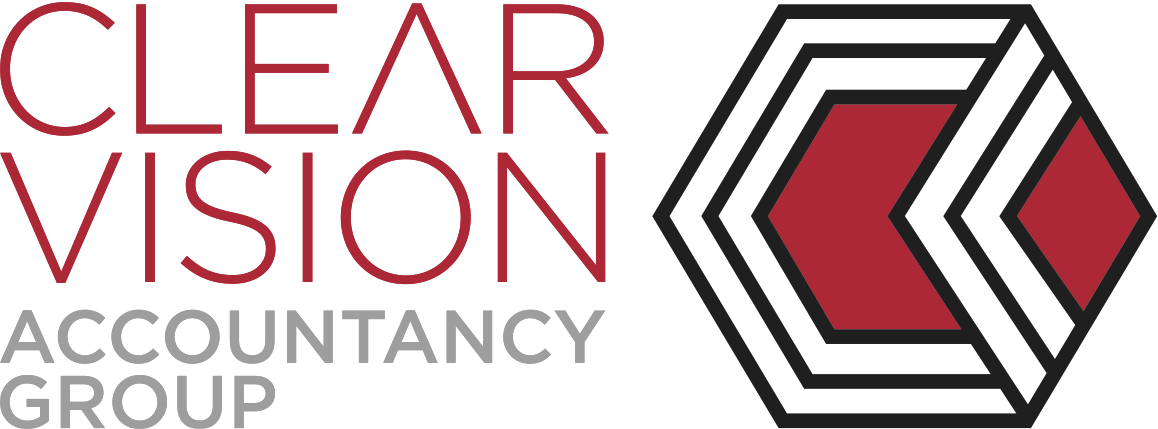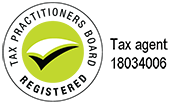The difference between your business and every other business is YOU. While many businesses perform the same function, the more successful ones distinguish themselves by delivering better service, producing a higher quality product or improving their clients’ quality of life. Equally important, successful businesses clearly and quickly communicate their Business Value Proposition – why their business is the best
choice. And they never stop promoting the benefits their business offers.
When assessing your business, always consider this question: what can you tell your customers about your business or product that will differentiate you from the rest, and make your business the obvious choice for them?
Creating a Business Value Proposition requires ingenuity and often relies on a combination of emotional benefits as well as product features.
Think of car companies that create two vehicles with the same engine, and many of the same mechanical features, but are sold at distinct price points. While the two vehicles share the same basic features, they are marketed distinctly. The Prestige 2000 ad campaign will likely feature mountainous roads, pictures of the luxurious wood and leather interior and there will be inferences to the high life. This ad appeals to a consumer’s desire for luxury and a sense of achievement in life. The Reliable 900 campaign appeals to a consumer’s desire to get the most for his/her money, a need for safety and an acknowledgement that this choice was the right choice. Its ad campaign will likely feature a family with kids, details of the safety devices and any consumer awards.
Some Tips to Start Your Business Value Proposition
1. How are you better than your competitors? Where can you stand to improve?
2. Among the factors that make you stand apart from the competition, which are the most important to your customers/clients?
3. What part of your business cannot be easily imitated or replicated by your competition?
4. Which differences can be communicated to your customers/clients and have a meaningful impact on their purchasing decisions?
5. Can you tell your customers/clients in a concise, clear message why your business is unique and a better choice?
6. What ways will you communicate your Business Value Proposition to potential and current customers/clients (advertising, a referral campaign, media, packaging, sales force)?
Make sure you involve your customers and team members in this process. Don’t forget to ask your best
customers why they choose your business and how you can continue to make the differences that keep them coming back. This will help you attract potential best customers.
It’s likely that you won’t find huge differences between you and your competitors. Your differences will be small ones that lead to a distinguished customer experience (a greeter at the front door, a 2-ring phone answering policy, a sense of fun and humour in every customer interaction).
|





